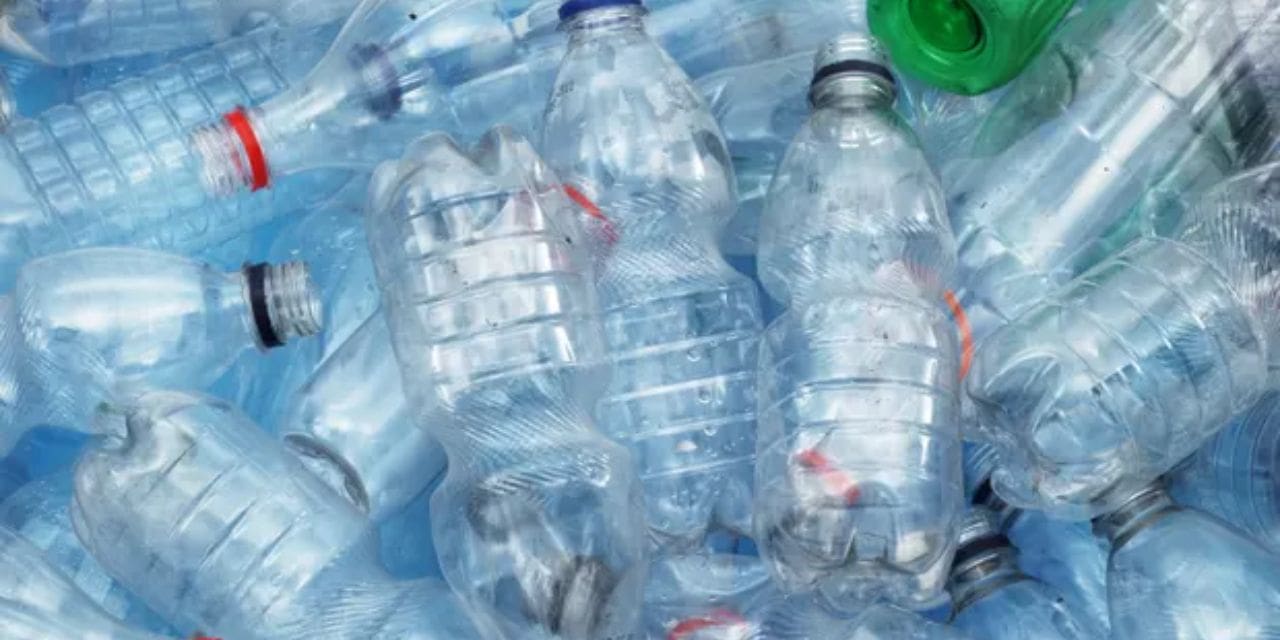By Mr. Avinash Mayekar, Managing Director, Suvin Expo LLP
Fast changing fashion dynamics, sometimes keep us wondering the way we follow fashion trap. Nowadays Viral is trending… is today’s reality but are we so soaked and dependent on it, that we are not making the effort to understand the technical and environmental impact of these trends or counterparts for usability? We just flow with the stream…
We must agree that there is a necessity for recycled fibers and recycled fibers are the only way forward and a major step to save our environmental balance. The simple question is adopting to RPET fibers that are available in the market with recycled term and creating textiles from it. Is this our way to a greener future?
My personal opinion of whether PET fibers are recycled textiles or not. With facts and theory so through this article I will simply break down the concept into 4 aspects:
- Recycling
- PET Recycled textiles
- Circularity
- Sustainability
-
Recycled
Definition: “Recycling is the process of converting waste materials into new materials and objects”
So PET bottles when they are converted to fibers, technically we can call them recycled. Let us now see the second part of recycling – “Products should only be recycled if they cannot be reduced or reused”. Here is where the catch – We often know how many Indian homes are reusing pet bottles to either water the plants, store garage oil, or create decorative items. Also today these bottles are simply being taken back by the manufacturer to meet his sustainability goal by reusing them in its production.
Moreover, the recent factual information received from various converters during the recent Gartex/Technotex and fibers and yarn exhibition in Mumbai I was shocked to know that the shortage of pet bottles has forced the manufacturers to use fresh (raw) unused bottles to meet the demand. So if actual used bottles are not being converted into fibers then can they be called recycled? Moreover, aren’t we forcing more production of a product that is not needed? The recycling need arises only because the waste is generated.
-
PET Recycled Textiles
Now once these PET fibers are converted into recycled textiles…what then? We all know garments are having end of their life. They will also land up in landfills at the end of their life cycle. So are we are not converting one type of waste into other type of waste in one step? So our biggest problem of garment textile waste remains unaddressed. Unfortunately, we are somehow taking waste from other sectors and multiplying the waste generated by our sector.
-
Circularity
Definition: “Circularity is a practice which focuses on reducing waste as much as possible while keeping a product’s value intact for a longer period of time.”
The definition itself emphasizes “keeping a product’s value intact for a longer period of time”. So by definition, the bottles were never part of our textile cycle how can pet recycled textiles be the end product that retains the property of the original product?
Moreover, we have our own textile waste like pre-consumer waste – fiber stage waste, yarn waste, Chindi -trimmings, fabric rejects, cuttings, unsold garments, and rejects. Post-consumer waste – used clothes, rugs etc.
-
Sustainability:
Simplest definition: “Meeting the needs of the present without compromising the ability of future generations to meet their own needs.”
Often the term compromising is been left out and that is where the whole problem arises. So just having the label “recycled” should not be the end goal. We must deliberately work on creating products that will not hamper the existence of our future generation. Circularity is the only practical goal for sustainability.
Here if u see closely it is not a complete circle. The chain ends with pet fiber garments. Isn’t it self-explanatory to not be circular?
Changing Norms & Regulations:
During my recent moderation at the ITAMMA conference in Ahmedabad one of the speakers from Netherland informed me of how European associations are not terming this as circularity and are making laws for the traceability & circularity of fibers more strict and compulsive for the products that will enter their market.

